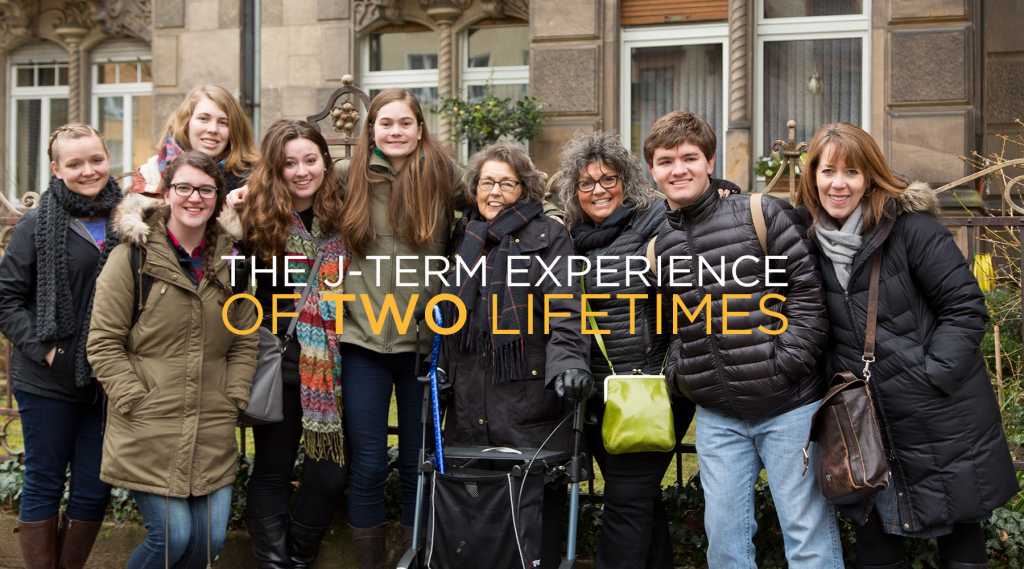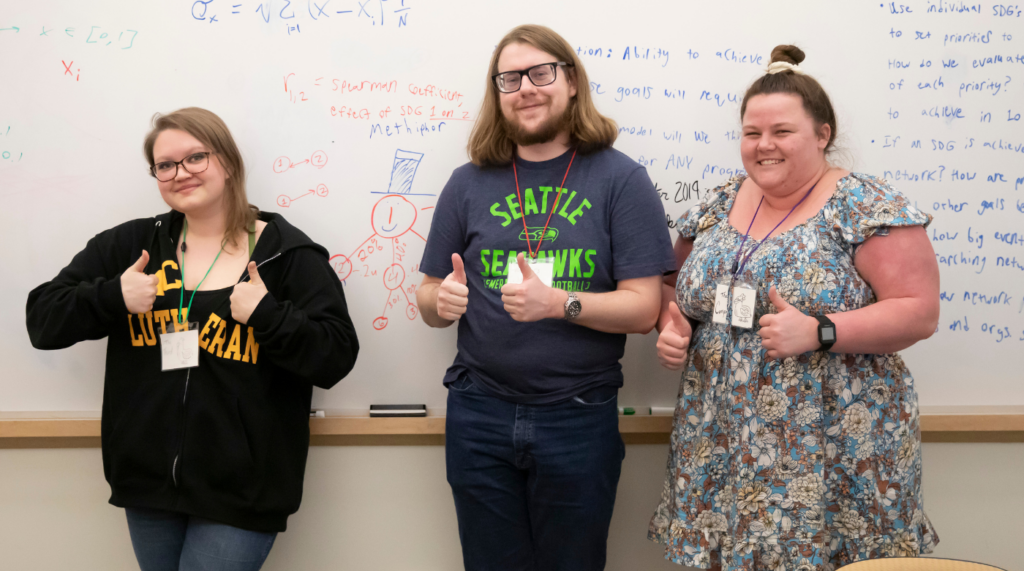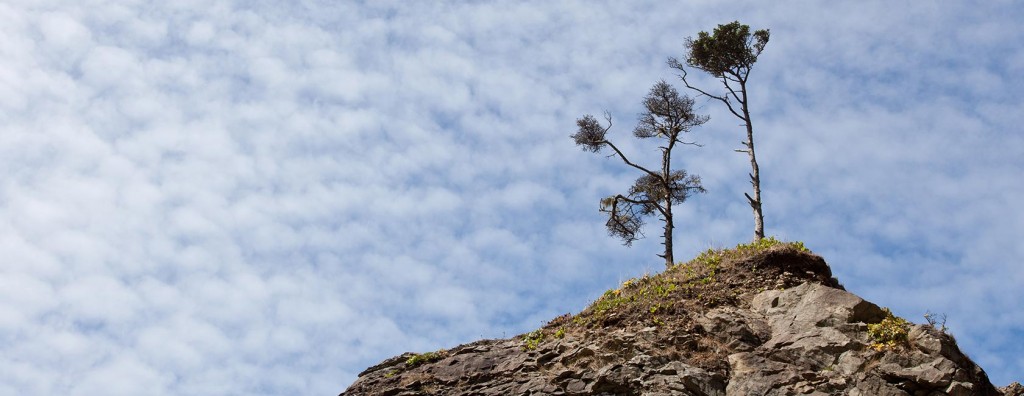Page 409 • (11,949 results in 0.064 seconds)
-

escaped to the United States during the Holocaust and settled in San Francisco. “I thought, ‘I need to do a Kurt Mayer segment,’” Christensen said. “And I thought, ‘Why hadn’t I thought of that before, and why hadn’t I done that while he was alive?’” Christensen had known Mayer personally—not well, she said, but very meaningfully, through her opportunity to work with him on the German translation of his memoir, My Personal Brush with History . Christensen ran into Mayer’s son, Joe, at a Powell-Heller
-

Planner on a small campus, it’s important to consider who/what department you can partner with to put on your event. Oftentimes event planning happens in silos rather than among different people and departments working together to achieve a common goal. Rather than thinking of your event as a dinner party hosted by you, where you are responsible for the entirety of its success, it’s best if you approach more like a potluck where multiple people/groups come together to make the event the best it can be
-
, articles, guides to archives and other publications. Some of his books include: World in the Balance: Behind the Scenes of WWII Hitler’s Foreign Policy, 1933-1939: The Road to WWII A World at Arms: A Global History of WWII Visions of Victory: The Hopes of Eight WWII Leaders Professor Weinberg’s lecture on April 7, “Pope Pius XII in World War II,” addresses the heated controversy among historians regarding the silence of the Pope. Called “the Pius Wars,” historians still argue why the Pope did not
-
, articles, guides to archives and other publications. Some of his books include: World in the Balance: Behind the Scenes of WWII Hitler’s Foreign Policy, 1933-1939: The Road to WWII A World at Arms: A Global History of WWII Visions of Victory: The Hopes of Eight WWII Leaders Professor Weinberg’s lecture on April 7, “Pope Pius XII in World War II,” addresses the heated controversy among historians regarding the silence of the Pope. Called “the Pius Wars,” historians still argue why the Pope did not
-
, articles, guides to archives and other publications. Some of his books include: World in the Balance: Behind the Scenes of WWII Hitler’s Foreign Policy, 1933-1939: The Road to WWII A World at Arms: A Global History of WWII Visions of Victory: The Hopes of Eight WWII Leaders Professor Weinberg’s lecture on April 7, “Pope Pius XII in World War II,” addresses the heated controversy among historians regarding the silence of the Pope. Called “the Pius Wars,” historians still argue why the Pope did not
-
, articles, guides to archives and other publications. Some of his books include: World in the Balance: Behind the Scenes of WWII Hitler’s Foreign Policy, 1933-1939: The Road to WWII A World at Arms: A Global History of WWII Visions of Victory: The Hopes of Eight WWII Leaders Professor Weinberg’s lecture on April 7, “Pope Pius XII in World War II,” addresses the heated controversy among historians regarding the silence of the Pope. Called “the Pius Wars,” historians still argue why the Pope did not
-
, articles, guides to archives and other publications. Some of his books include: World in the Balance: Behind the Scenes of WWII Hitler’s Foreign Policy, 1933-1939: The Road to WWII A World at Arms: A Global History of WWII Visions of Victory: The Hopes of Eight WWII Leaders Professor Weinberg’s lecture on April 7, “Pope Pius XII in World War II,” addresses the heated controversy among historians regarding the silence of the Pope. Called “the Pius Wars,” historians still argue why the Pope did not
-

undergrad students have 99 hours straight to create a mathematical model addressing a complex social or scientific issue. Each year, the top awards go to large technical schools, often in China. This year, a team from Pacific Lutheran University finished in the top five. Duffy Anderson ’24, Matthew Helmer ’24 and Madeline Rue ’25 were one of 1,057 teams to tackle Problem D, which required teams to analyze the effects of technological advancements, natural disasters and international crises on UN
-

the PLU theater was his first campus job, he said. Fry has cut up wood for dormitories, for cabinets and even for sculptures. One load of wood drying in his kiln now came from the Seattle lumber freighter, The Winona, before it was cut up for scrap. Its wood is destined for a sculpture planned for the Seattle Museum of History and Industry. But not all the jobs he takes on are large ones. The Seattle Art Museum put in a request for a rare Asian wood so they could replace a finger of a Buddha that
-

Symposium Feb. 26-29 | Various Times | Multiple Locations on Campus | More Information Hosted by the PLU Philosophy Department, focused on the relationship between food and the environment. 2016 Schnackenberg Lecture: Dr. Elizabeth Fenn on “Sakagawea’s Capture and the History of the West.” Thursday, March 3 | 7 p.m. | Philip A. Nordquist Lecture Hall | More Information The Forty-second Annual Walter C. Schnackenberg Memorial Lecture. Dr. Fenn will address the “prehistory” of Sakagawea’s journey with
Do you have any feedback for us? If so, feel free to use our Feedback Form.


